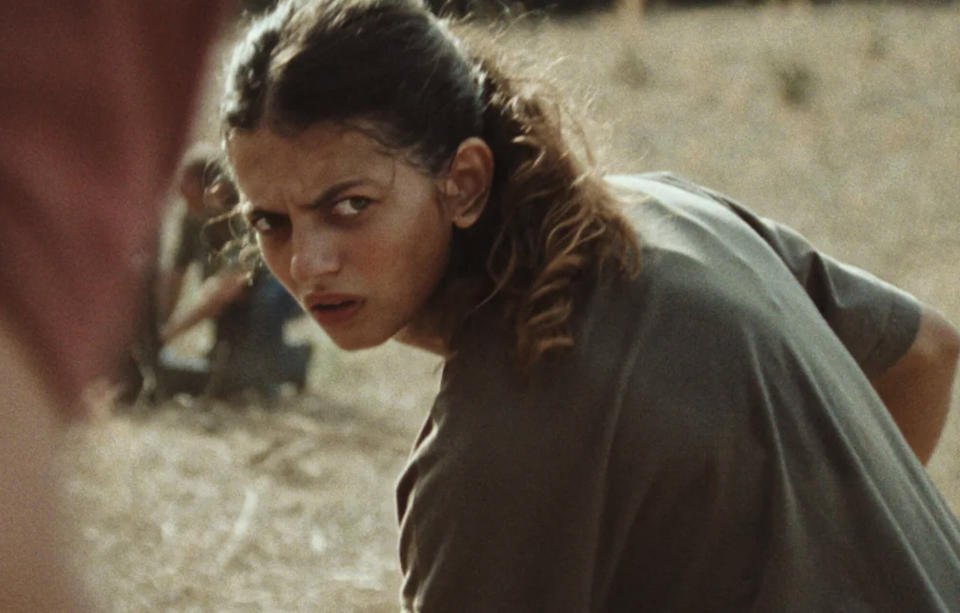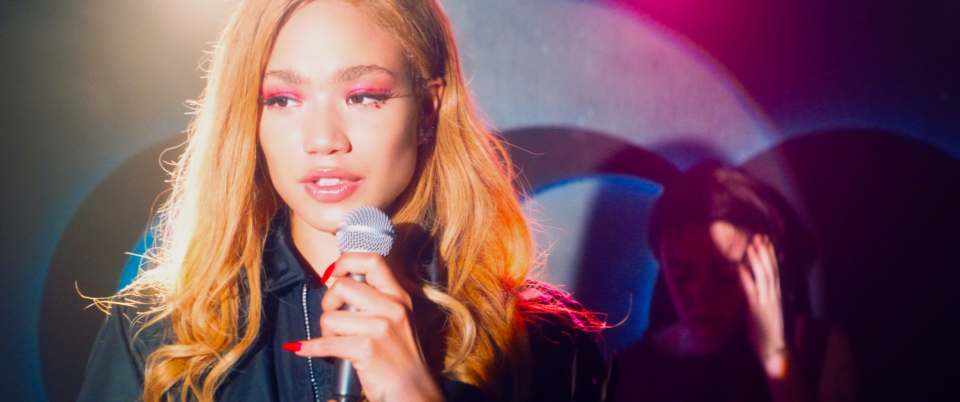How Cannes Selections Achieved a ‘Film Look’ on Digital

Of the more than 90 films shown at Cannes this year, 29 were shot on film—but that certainly doesn’t mean those 29 movies were the only ones that wanted to shoot on film.
The process of using actual film stock imposes all kinds of budgetary and logistical constraints that digital cinematography simply doesn’t have to deal with, from limits on the cost of film and developing it to how busy labs are. It’s heartening to see so many projects choose to embrace film, be it 35mm or 16mm or the towering 65mm of “Megalopolis.” But it’s equally heartening to see how cinematographers and directors get around the limitations of digital to achieve a filmic look.
More from IndieWire
Lana Del Rey Says She Originally Wrote the '24' Chorus for 2015 James Bond Film 'Spectre'
'Civil War,' 'The Fall Guy,' and J.Lo Take #1 Spots in Home Viewing
Nine of the cinematographers who filled out IndieWire’s 2024 Cannes camera survey mentioned making deliberate choices to evoke the grain and texture that film naturally provides. However, each of their ways of doing that was unique to their project’s storytelling and dramatic goals.
There’s not a clear consensus on camera choice: The ALEXA Mini, Sony Venice, and V-Raptor RED were all mentioned by projects that were going for a film look digitally. However, the ALEXA, in particular, was praised for its flexibility by “All We Imagine As Light” cinematographer Ranabir Das, and, on the other end of the line, “Block Pass” cinematographer Benjamin Roux gravitated to the ALEXA LF to replicate a film with anamorphic lenses. “We still managed to shoot tests with both 35mm film and the ALEXA on locations with cast, wardrobe, and make-up to edit our LUT and find the proper texture to add in post with Mathieu Caplanne, our color artist,” Roux said.

“The Kingdom” cinematographer Antoine Cormier said that, when faced with the constraints of film, “The ALEXA 35 emerged as an obvious choice due to its highly ‘film-like’ response, providing great flexibility and latitude in handling highlights, which were often quite harsh in our outdoor scenes, while also allowing deep shadows with a ‘smoky’ aspect reminiscent of film.”
Nor is there one lens set that magically brings out the qualities of film. Many praised the softness of the Cooke S4i, but whether it’s Zeiss Super Speeds or Zeiss Standard Speed or Panavision PVintage, lens choice had, appropriately, a lot more to do with the perspective each film wanted the audience to have on its main characters — how emotionally close we feel to them, how much the world of each film reflects or changes based on the characters.
Naturally, then, the devil really is the details of the color design for digital films that want to create a film-like look. The “Horizon: An American Saga” team printed what was shot digitally onto actual film stock — an “analog intermediate whereby each scene has actual film grain,” according to cinematographer J. Michael Muro. But for those without Kevin Costner money, it really is down to early testing to get a sense of the exact film look and then collaboration between cinematographer and colorist to nail it.

“Queens of Drama,” for instance, went after a 2000s Technicolor explosion, according to director of photography Marine Atlan. “We had to find a balance between an image that evokes the golden age of musicals and a popular culture that is more akin to the TV talent shows and music videos of the 2000s. To achieve this, we did a lot of filtering, alternated PAR and LED lighting to represent TV sets, and pushed our chroma tools in color grading. We needed a flamboyant, generous image to convey the dramatic trajectory of our two heroines in the world of music,” Altan said.
“The Surfer” wanted to replicate a Super 16mm look and had to balance that against capturing the heat of the Australian sun — which proved difficult in more ways than one. “Due to difficulties with developing the negative in Australia, we decided to go digital and achieve the filmic look through color correction,” cinematographer Radek Ladczuk told IndieWire. “She’s Got No Name” cinematographer Jake Pollock even wanted to replicate the feeling of several different film stocks. “We developed the LUT based on how Kodachrome reacts to cooler mixed color temps,” Pollock said.
The possibilities with digital might be endless, but budgets are not, so it’s heartening to know that achieving a digital film look requires a comparable level of care and finesse as shooting on film.
Best of IndieWire
Every Palme d'Or Winner from the Cannes Film Festival, Ranked
The 13 Best Thrillers Streaming on Netflix in May, from 'Fair Play' to 'Emily the Criminal'
The Best Father and Son Films: 'The Tree of Life,' 'The Lion King,' and More
Sign up for Indiewire's Newsletter. For the latest news, follow us on Facebook, Twitter, and Instagram.

